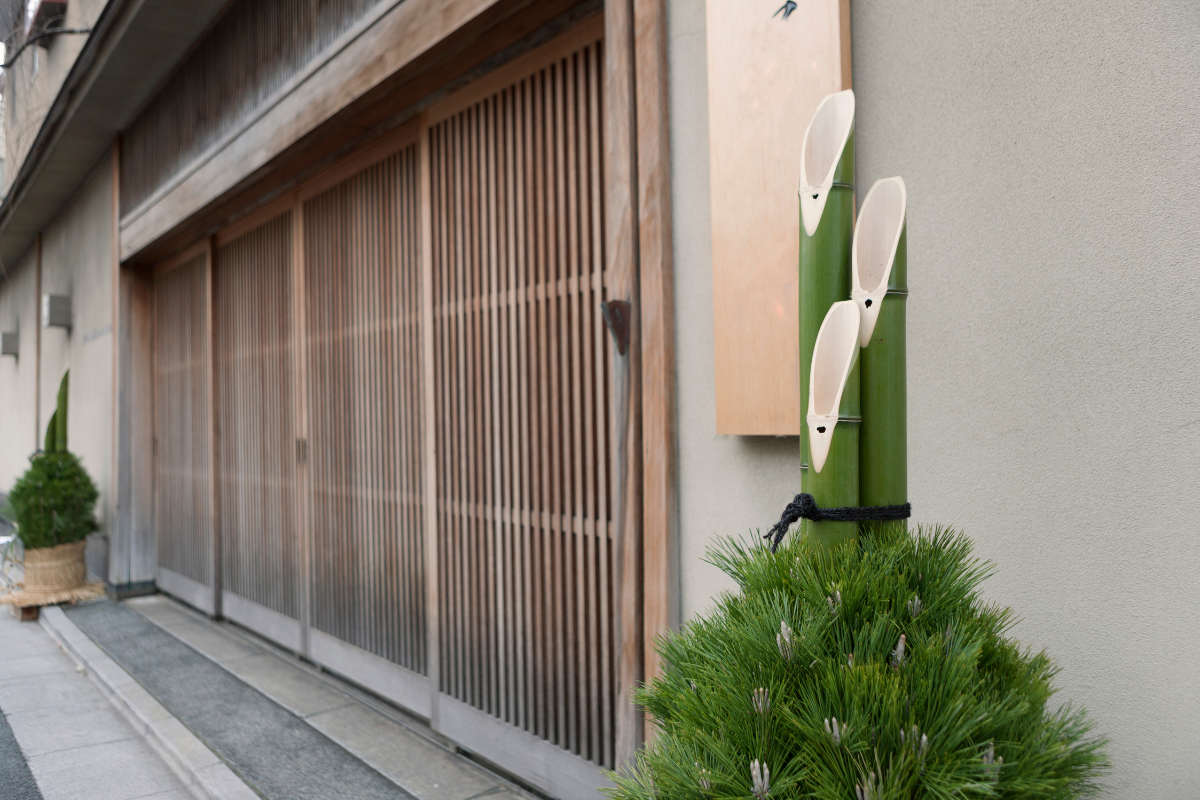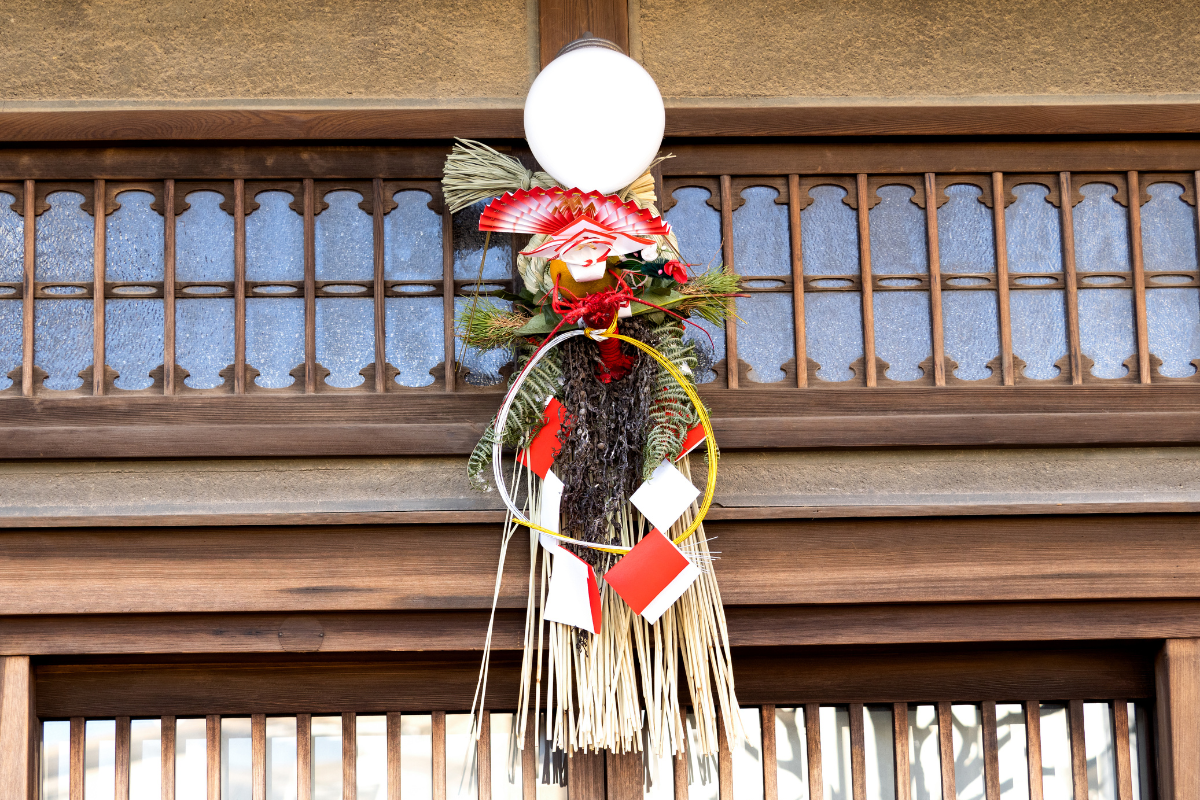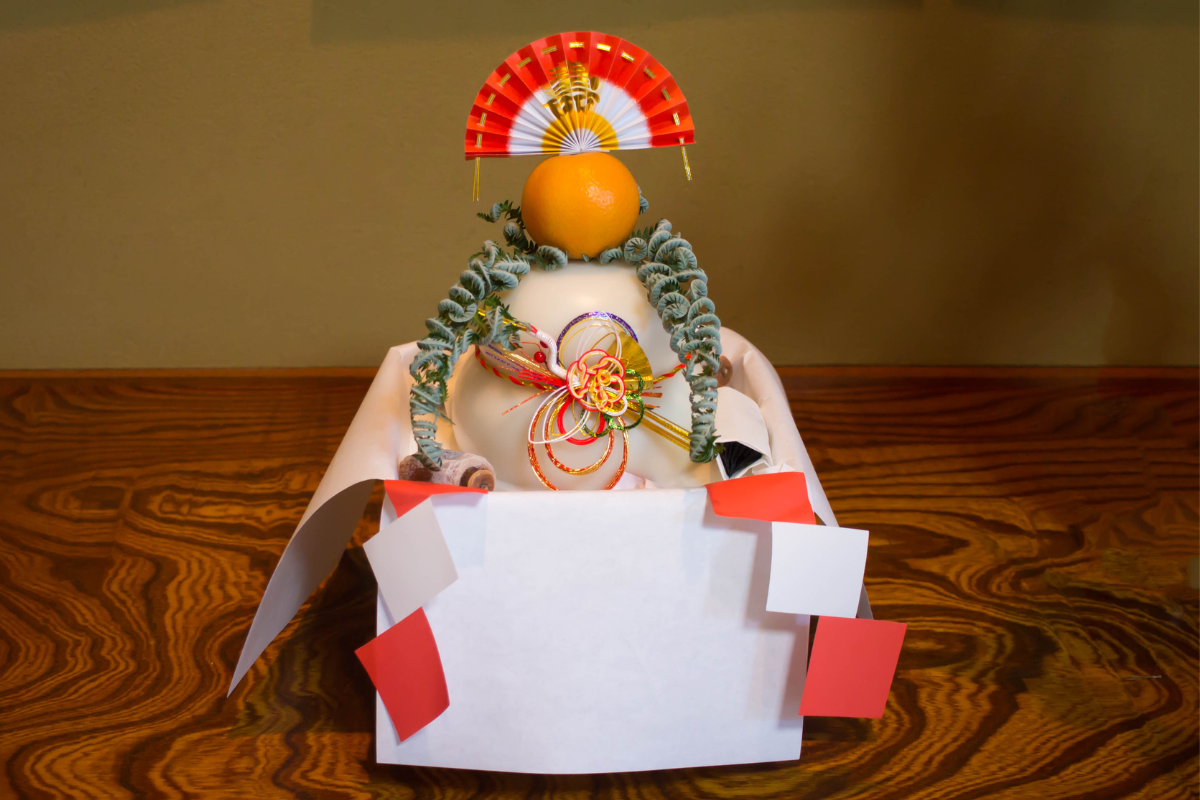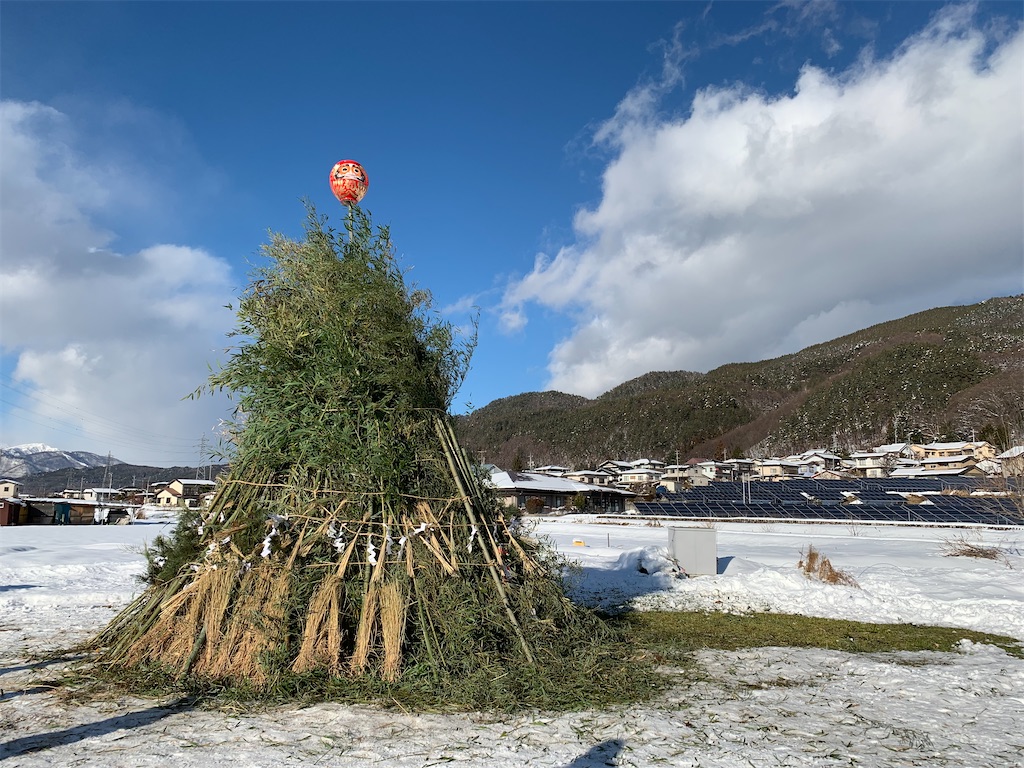
In Japan, during the New Year, we decorate with "Kadomatsu," "Shimenawa," and "Kagami Mochi."
These New Year decorations are displayed to welcome the Toshigami-sama on New Year's Day.
Toshigami-sama is a deity in Japanese folklore traditionally believed to visit households on New Year's Day, bringing blessings of health and happiness for the upcoming year.
The Toshigami-sama visits each household on New Year's Day, bestowing health and happiness upon the family for the year. The "Kadomatsu," "Shimenawa," and "Kagami Mochi" each hold the following significance.
Kadomatsu

Kadomatsu" serves as a placeholder for the arrival of Toshigami-sama, indicating their visit to the household. As a result, it's traditionally placed at the entrance to welcome Toshigami-sama.
Shimenawa

Shimenawa signifies the sanctity of a space. Its presence demarcates a sacred area, preventing impurities or malevolent spirits from entering, serving as a boundary between the sacred and the ordinary. To welcome Toshigami-sama, households adorn their entrances or household altars with "Shimenawa" after thoroughly cleaning their homes as a way of signifying readiness to welcome the deity.
Kagami Mochi

Kagami mochi is made from harvested rice from the previous year. It is displayed in gratitude for blessings received and offered to Toshigami-sama as an offering. It is commonly placed on household altars or alcoves.
When is the period for displaying New Year decorations?

December 13th has been known as the 'start of New Year preparations' from ancient times, marking the beginning of preparations for the New Year. According to tradition, on the 13th, people perform 'susubori' (thorough cleaning) and go to the mountains to collect necessary materials such as pine branches for the New Year. Once these tasks are done, people can decorate for the New Year at any time. However, the 29th is considered unlucky as it implies 'suffering doubly.' Also, decorating on the 31st, known as 'one-night decoration,' is considered to bring bad luck.
In modern times, many households start decorating around December 25th after Christmas and continue until around the 28th.
When do we put away New Year decorations?

New Year decorations are typically kept up until a period known as "Matsunouchi." This time frame varies by region, ending on the 7th day in the Kanto region and extending to the 15th day in Kansai, among other variations. Removing the New Year decorations is referred to as "Matsunozome." It's believed to mark the departure of Toshigami-sama, the deity of the New Year.
What do you do with taken-down New Year decorations?

Usually, taken-down New Year decorations are commonly burned during a traditional event called "dondo yaki," held in your local area or at shrines. If there's no "dondo yaki" event, a typical practice involves cutting the decorations into small pieces, sprinkling salt over them to purify, wrapping them in paper, and then disposing of them through municipal collection services.
Kagami mochi is eaten during "Kagami Biraki"
Kagami mochi is hung up to be eaten during "Kagami Biraki" on January 11th. (In some regions, this ceremony may occur on the 15th.) Breaking and consuming the kagami mochi, which embodies the divine spirit of Toshigami-sama, is believed to bring blessings.